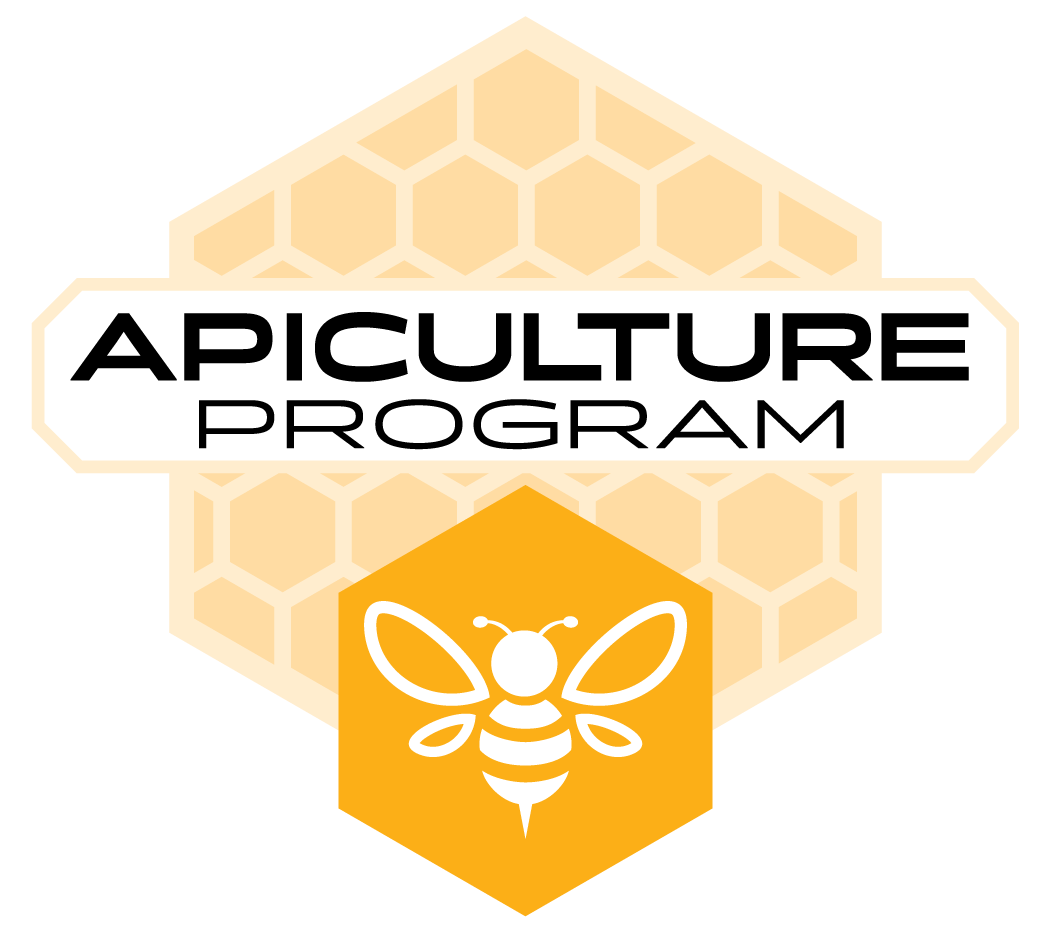Apiculture: Honey Bee Health

Honey bees are general pollinators that visit a wide variety of flower types while traveling an average of almost 3 miles from their hives. These characteristics make them the most important commercial pollinator in the world. The demand for honey bee pollination is increasing due to the increase in the agricultural fields cultivated with pollinator-dependent crops. For example, approximately 1.6 million honey bee colonies are required each year to pollinate more than 900,000 acres of almond trees in the Central Valley of California. It is clear that honey bees play a critical role in maintaining human food security, and safeguarding their health is a serious issue.
Like most domesticated livestock systems, honey bees can be subject to multiple management and health challenges. Several common problems are associated with declining honey bee health. Diminishing sources of nutrition and forage result from habitat loss. Pesticides and other environmental contaminants harm honey bee health. Increased management stressors, including the increased impact and variety of parasites, pathogens, and pests, are also consistently ranked among the top concerns for beekeepers. Disease plays a critical role in the ecology and management of all domesticated livestock, but it is especially problematic for managed social insects like honey bees. Their nests provide microhabitats where parasites and pathogens find favorable temperatures, humidity, and high concentrations of hosts. High densities of managed honey bees greatly facilitate disease transmission within and among different beehives, especially in the U.S. and Canada, where large-scale migratory commercial beekeeping is common.
Honey bees harbor a variety of pathogens, including bacteria, fungi, protozoa, viruses, and pests such as mites and insects. The parasitic mite Varroa destructor is the most problematic parasite of honey bees. This pest shifted hosts from the Eastern honey bee, Apis cerana, to the Western honey bee, A. mellifera. In addition to directly harming honey bee colonies, Varroa serves as a vector for many viruses. The rise of viral infection in bees has been reported quite extensively since the introduction of varroa mites into Western honey bees. With more than 30 different viruses, this is the largest class of pathogens that infect honey bees. Compared to the wealth of knowledge and actionable management options for parasitic mites and bacterial diseases, few choices exist for beekeepers to mitigate the economically important viral pathogens. However, beekeepers can take steps to minimize viral transmission and reduce exposure to other stressors to control virus infections in honey bee colonies.



